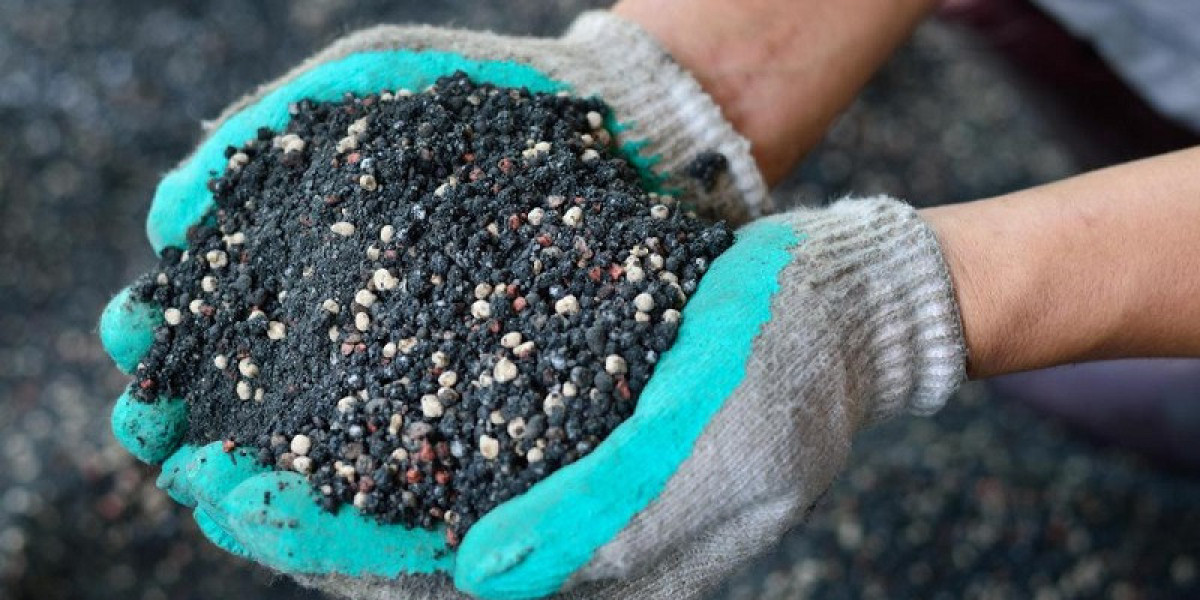Structural Foam Injection Molding is a specialized manufacturing process used to produce lightweight yet durable plastic parts. This method involves injecting a polymer melt mixed with a blowing agent into a mold, resulting in a product with a solid outer skin and a foamed inner core. Choosing the appropriate materials for this process is essential because it directly impacts the performance, durability, and cost-effectiveness of the final product. In this article, we will explore how to select the best materials for Structural Foam Injection Molding projects, taking into account the mechanical requirements, chemical resistance, thermal performance, and overall project goals.
Understanding the different types of materials available for Structural Foam Injection Molding allows manufacturers to maximize product functionality while minimizing production costs. With the right material selection, companies can produce parts that meet stringent regulatory and safety standards across industries like automotive, construction, medical devices, and consumer goods. Let's dive into the most important factors that guide material selection and explore the best options available for your next molding project.
The Fundamentals of Structural Foam Injection Molding
Structural Foam Injection Molding is distinct from traditional injection molding due to the introduction of a foaming agent—either a chemical blowing agent or an inert gas like nitrogen or carbon dioxide—into the polymer melt. When injected into the mold, the blowing agent creates a cellular structure within the plastic, resulting in a core that is lighter and more insulated than solid plastic. Meanwhile, the outer skin remains dense and solid, providing the necessary strength and durability. This dual-density construction makes the process ideal for producing large, structural parts without the weight and cost associated with solid plastics.
The benefits of this process are numerous: it reduces material usage, lowers part weight, and allows for the creation of large, intricate components that are resistant to warping or shrinkage. However, the success of a Structural Foam Injection Molding project largely depends on choosing the right material that can support the foaming process while meeting the structural and aesthetic requirements of the part. Material compatibility with the blowing agent, melt viscosity, and thermal stability are key factors to consider when selecting resins for this manufacturing technique.
Common Materials Used in Structural Foam Injection Molding
A variety of thermoplastics can be used in Structural Foam Injection Molding, with Polypropylene (PP) and High-Density Polyethylene (HDPE) being among the most common choices. These resins are widely available, cost-effective, and easy to process. Polypropylene, in particular, is valued for its excellent chemical resistance and fatigue endurance, making it suitable for containers, automotive panels, and industrial components. HDPE offers great impact strength and moisture resistance, making it ideal for applications in the construction and outdoor furniture sectors.
Other engineering-grade materials such as Acrylonitrile Butadiene Styrene (ABS), Polycarbonate (PC), and Nylon (PA) are also frequently used in more demanding applications. ABS provides good toughness and dimensional stability, which makes it ideal for structural components in appliances and electronics. Polycarbonate is known for its optical clarity and impact resistance, while Nylon offers high mechanical strength, wear resistance, and thermal performance. These materials are typically selected when mechanical or environmental requirements exceed the capabilities of commodity plastics.
Evaluating Material Properties Based on Application Needs
Selecting the best material for a Structural Foam Injection Molding project begins with a clear understanding of the part's end-use requirements. For example, if the part is meant to endure high-impact loads, such as automotive bumpers or structural brackets, a resin with superior toughness and rigidity—like ABS or Polycarbonate—should be selected. On the other hand, for applications where chemical exposure is expected, such as tanks or piping components, HDPE or Polypropylene might be better choices due to their excellent chemical inertness.
Thermal considerations are also critical. If the part must withstand high operating temperatures, the material must possess good heat deflection and thermal stability. In such cases, advanced thermoplastics like Polyphenylene Ether (PPE) blends or Nylon 6/6 may be appropriate. Conversely, if the application is primarily aesthetic or lightweight—like enclosures for consumer products—then lower-cost materials such as foamed PP may suffice. Properly matching the material’s physical properties to the application ensures longevity, performance, and compliance with industry-specific regulations.
Additives and Fillers: Enhancing Material Performance
The inclusion of additives and fillers in structural foam formulations can significantly enhance the properties of the base resin. Glass fibers, talc, and mineral fillers are commonly used to increase rigidity, reduce shrinkage, and improve dimensional stability. For example, a glass-filled Polypropylene provides much higher stiffness compared to unfilled PP and is frequently used in automotive and industrial applications that require added structural support.
Other additives, such as UV stabilizers, flame retardants, and impact modifiers, can be tailored to the needs of specific applications. UV stabilizers are essential for parts exposed to outdoor environments, while flame retardants may be necessary for electrical housings or public transportation components. Colorants can also be added to eliminate the need for secondary painting operations, which reduces production costs and time. It is important to test the interaction of these additives with the base resin and blowing agent to ensure that the foaming process is not compromised.
Cost Considerations and Sustainability in Material Selection
Cost is always a major factor in choosing materials for Structural Foam Injection Molding projects. While commodity plastics like PP and HDPE are generally more affordable, they may not always meet the technical requirements of the application. Engineering plastics are typically more expensive, but their higher performance can lead to longer product life and reduced maintenance costs. A thorough cost-benefit analysis should account for both initial material expense and long-term value, including factors such as energy efficiency, recyclability, and overall part performance.
In today’s sustainability-driven market, many manufacturers are turning to eco-friendly alternatives, such as recycled resins or bioplastics, for Structural Foam Injection Molding. Recycled HDPE and PP are often used in non-critical applications to reduce environmental impact without significantly compromising quality. Additionally, because structural foam parts require less material and energy to produce, this molding method aligns well with green manufacturing goals. Selecting sustainable materials not only reduces carbon footprints but also enhances brand image in an increasingly eco-conscious consumer landscape.
Conclusion
Choosing the right materials for Structural Foam Injection Molding is a crucial step that impacts every aspect of your manufacturing project—from part performance and production efficiency to cost and sustainability. With a solid understanding of the molding process and careful evaluation of material properties, manufacturers can make informed decisions that lead to high-quality, durable, and cost-effective products. The flexibility to enhance base resins with fillers and additives also provides endless opportunities for customization, making structural foam a versatile solution for a wide range of industries.
By aligning material selection with application-specific requirements and environmental considerations, businesses can harness the full potential of Structural Foam Injection Molding. Whether you're producing lightweight automotive panels, impact-resistant enclosures, or eco-friendly consumer products, the right material choice will ensure your project’s success. Make material selection a top priority in your development process, and you’ll be better positioned to deliver innovation, efficiency, and performance in every molded part.







